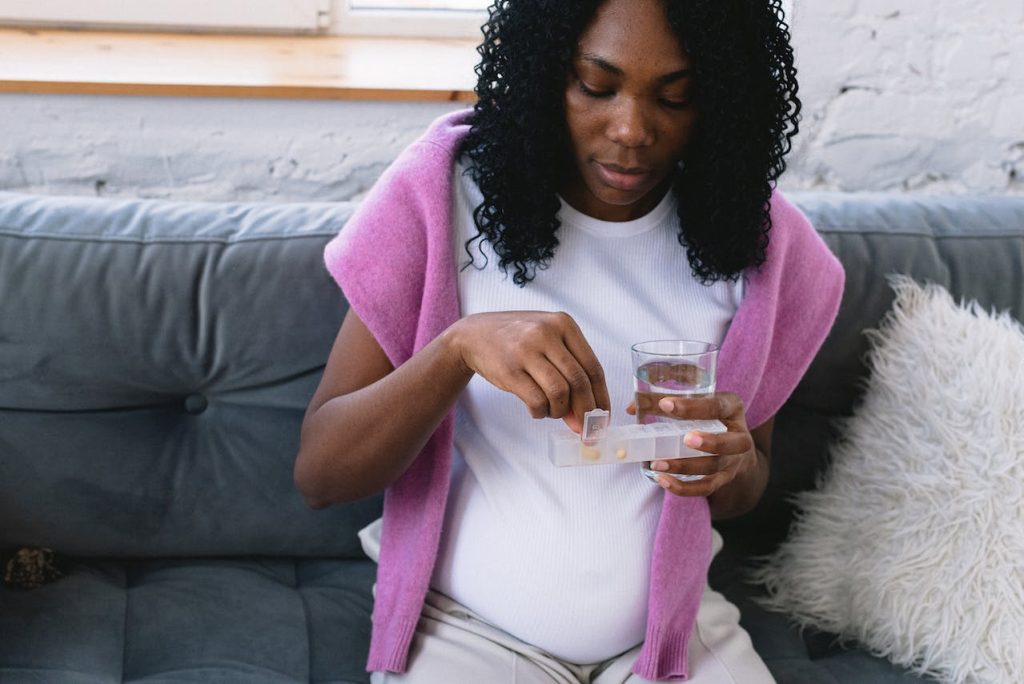Exercise Scientists Come up with a Simple Fix for Shin Splints

Shin splints are a common complaint among runners, especially if they use treadmills. A randomised controlled trial found that four weeks of gait training outdoors, in addition to home exercises often prescribed for shin splints, led to improved running biomechanics even when the runners were using a treadmill. These improvements included decreasing the time the runners’ feet were in contact with the ground or treadmill, a recently identified contributor to shin splints.
Based on the trial results, the researchers, including UVA Health sports medicine expert David J. Hryvniak, DO, are recommending that clinicians begin including outdoor gait training as part of rehabilitation programs for patients struggling with chronic shin splints.
“This is an important finding for clinicians, as this gives us a tool to use to help these runners,” said Hryvniak, a running medicine specialist who is part of UVA Health’s Runner’s Clinic. “These gait-training cues can be an easy thing to add into a rehab program to help patients improve running mechanics that can underlie many common running injuries.”
Soothing shin splints
Affecting approximately 40% of all runners, shin splints typically begin as tenderness in the lower leg that goes away after exercising. But for regular runners, this pain can worsen and become persistent. In severe cases, shin splints can even lead to stress fractures.
Prior research has found that short courses of outdoor gait training can significantly reduce shin-splint pain for outdoor runners. But experts had been uncertain if these benefits would transfer to the flat, regular surface of treadmill running. That prompted an interdisciplinary team of researchers to launch a randomised trial to find out if outdoor gait training would benefit treadmill users.
The researchers enrolled 17 treadmill runners between ages 18 and 45 who ran at least three times a week and who had been suffering lower leg pain during or after running for at least a month. The volunteers were randomly divided into two groups: One group received four weeks of outdoor gait training and performed commonly prescribed home strengthening exercises, while the other group only performed the home exercises.
During the gait training, participants were provided with “vibrotactile feedback” – meaning they felt a little vibration – when special sensors in their shoes detected their feet were in contact with the ground for too long. This helped them improve their stride and gait to reduce this potential contributor to shin splints.
At the end of the study period, both groups saw strength improvements in their legs. But the gait trainers also had improved running technique, or what the researchers call “favorable adjustments in running gait mechanics.” And, sure enough, these gait improvements were seen during both outdoor runs and treadmill runs.
That suggests outdoor gait training could be an important new tool to help treadmill users work up a sweat pain-free, the researchers say.
“Shin splints are a very common running injury, especially with those who are new to the sport,” Hryvniak said. “These gait cues are something that have been shown to be an effective tool that patients can use literally ‘on the run.’”
Source: University of Virginia Health





